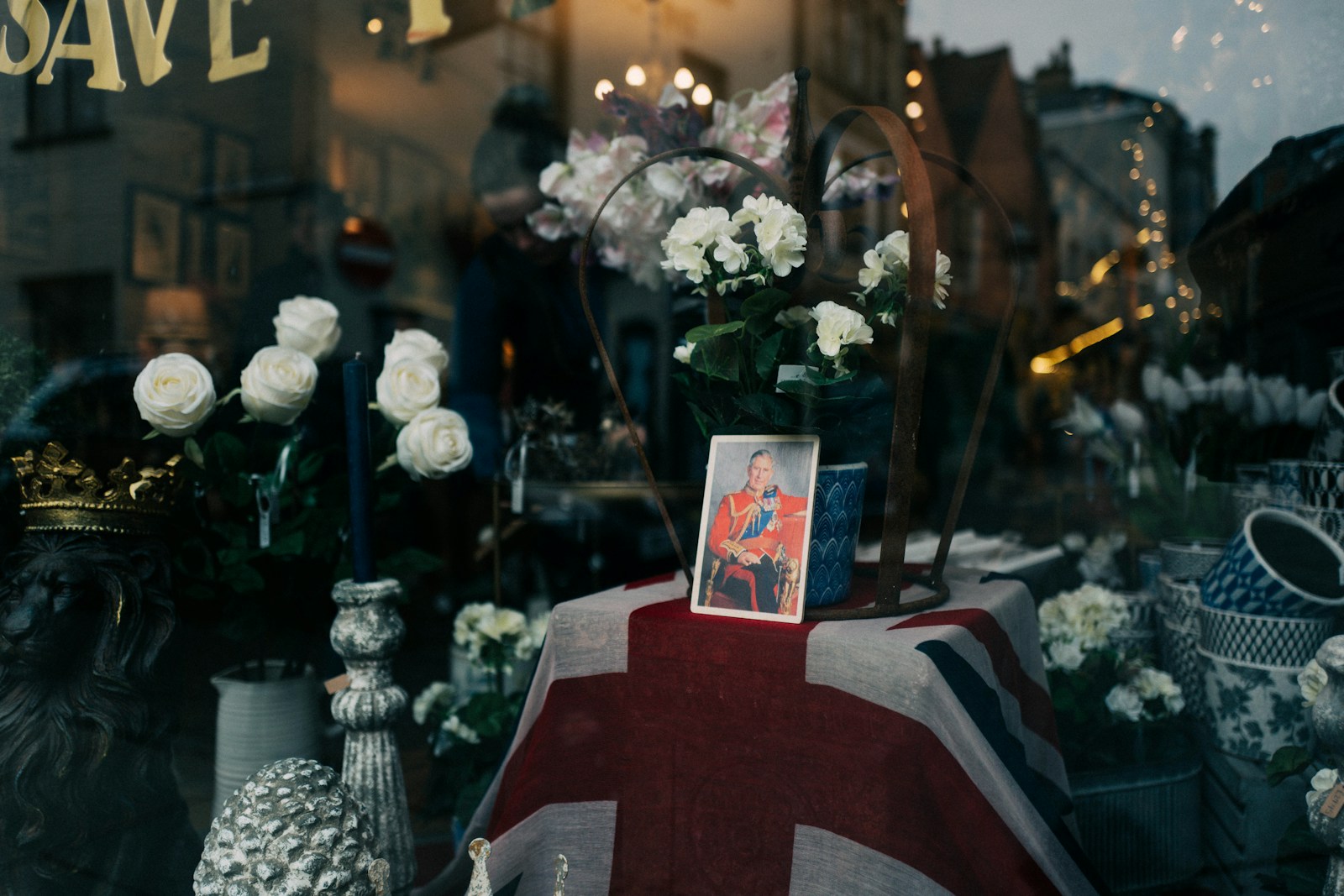In the mid 1990s, the question of whether the Queen and her family were subject to some ancient ancestral curse became quite the talking point in the media. The rumours started to circulate in 1992, following the announcements of both Prince Charles’s separation from Princess Diana and Prince Andrew’s separation from the Duchess of York within months of each other. Speculation intensified after the disastrous Windsor Castle fire (November 1992). The fire, which engulfed a large section of the historic building, caused millions of pounds worth of damage, destroyed priceless art and gutted historic state rooms throughout the Royal Family’s ancestral home.

Priceless royal art destroyed during the Windsor Fire of 1992 – George III and the Prince of Wales Reviewing Troops (1798)
1992 was in fact the 40th anniversary of the start of Queen Elizabeth’s reign in 1952. As she herself said, the year turned out to be an “annus horibilis”, but was it also a vivid demonstration of the Windsor curse? Some commentators suggested that the destruction at Windsor Castle was a portent signalling the coming collapse of the House of Windsor. However, judging by the current higher-than-ever popularity of the Royals, that theory did not stand the test of time. The theory has mutated, so that the catastrophic collapse is no longer imminent. Instead, those who remain wedded to the idea of a curse have suggested that the troubles of 1992 were outliers of what was still to come.
Putting aside the very delayed arrival of the curse’s coup de gras, if you accept the possibility of a curse, then naturally you must question the cause. When it comes to the British Royal Family, there is no shortage of possible origins for a curse, given their lengthy, rich and often bloody ancestral history. Some have suggested however, that the alleged Windsor family curse actually originates from a relatively new member of the clan – the late Queen Elizabeth, the Queen Mother (wife and queen to George VI).
The Curse of Glamis:
The story of the Queen Mother’s curse runs as follows. Born Elizabeth Bowes-Lyon, the Queen Mother was not Royal by birth. Instead, she was a member of an ancient Scottish aristocratic dynasty, whose family seat was Glamis Castle. That name might sound familiar, given its appearance in the Shakespeare play Macbeth. Anyone who is familiar with this play will know that witchcraft, ghosts and murder abound in it, so even in the early 17th Century, Glamis was associated with darkness, rather than light.

The back of Glamis Castle, the ancestral home of Queen Elizabeth, the Queen Mother.
The curse of the Bowes-Lyon family is said to derive from one of their 15th Century ancestors, Alexander Lyon, 2nd Lord of Glamis. Alexander was an avid gambler, who would even play cards on a Sunday, in defiance of holy scripture. In doing so, he conjured the devil, who he played at cards, gambling and losing his soul in the process. Ever since then, his ancestors are said to have carried a terrible curse.
In addition to being a location for diabolical deals, Glamis Castle was also a place of torturous murder. Famously, the castle contains a “room of skulls”, where the remains of the Ogilvie family can be found. The family was bricked up inside a windowless room contained deep within the castle’s 16ft walls and left to starve to death. The ghosts of the deceased are said to haunt the custodians of the castle, bringing them misfortune throughout the ages.
Interestingly, the Queen’s own grandfather, Claude Bowes-Lyon once famously said that if the secret of Glamis was known to the public, we would all get down on our knees and give heartfelt thanks to God that it did not belong to us. Many people speculate that the rumour is an eternal curse, passed from generation to generation.
Read More – Is the Queen Cursed? The British Royal Family and Black Magic [Article from 13/11/17]

